Impressions from the Network State Conference
Achieving a 100% YOY Growth Rate
Three thousand people showed up to the Network State Conference in Singapore, roughly double last year. Vitalik, Arthur Hayes, Noah Smith were there in person. Bryan Johnson, Brian Armstrong and Ben Horowitz joined remotely—the roster of names keeps growing.
There’s momentum, a growth rate of 100% YOY is great. Balaji remains unmatched at generating mimetic energy—pulling in governments, tier-1 VCs, and billionaires.
The question now isn’t whether the idea resonates; it’s how to prove it.
What Worked Great
The movement is very collaborative. No toxic crypto tribalism despite competing for a small pie. Solana and Ethereum builders worked side by side. Operators shared lessons without NDAs, introduced each other to investors, and actually created value together the past year.
That deserves applause. It’s rare when a new category emerges and frankly, not all corners of the movement manage this level of good faith. The curation here was right.
Second, the Network School basecamp works. It’s a tangible place in Forest City, Malaysia, just across the Singapore border. It shows an example of how these ideas look like in real life. Balaji built a hub for tech-nomads aligned with his vision, great infrastructure, and an intentional culture set as “Burn. Earn. Learn.” And it’s clearly visible how long people have been to Network School: people get jacked there! The gym is the cultural node of “Burn”.
As I wrote in my previous piece on startup society challenges, it’s one of the best examples of infrastructure leverage, repurposing stranded assets and creating demand. But has no regulatory autonomy yet. I hope they can get there, it’s hard.
This is to me the most important thing: the movement still isn’t aimed squarely at unbundling sovereignty, at building real freedom through legal autonomy and the power to write our own rules. “Society-as-a-service” is great, but “governance-as-a-service“ is the upgrade. Law and courts on top of living together.
Unbundling Sovereignty
Noah Smith and Tomas Pueyo’s talks captured some nuance where the network state movement can sharpen its focus. Their five minute speaking slots couldn’t do their insight justice, the real depth came later, in breakfast and coffee break conversations.
Noah argued that chasing full sovereignty won’t work: network states can’t provide public goods the way host countries can. I’m more libertarian than Noah—markets can handle roads, public services and infrastructure better than governments—but he’s right that positive-sum, symbiotic relationships with host countries are a precondition for success. It makes perfect sense to piggyback on their national defense and diplomacy. Anything else is a non-starter with governments. So, should network states ever seek diplomatic recognition? My answer is no. It doesn’t seem the ideal north star to me, and I suggest to reframe it. Noah suggested a modern Hanseatic League, not new countries, but new governance providers.* I agree. We shouldn’t be recreating Westphalian age sovereigns. We should be creating post-nation state entities. Someone called it “synthetic jurisdictions”:
(*The New Hanseatic League framing is not new in the movement by the way. Tom W. Bell, Mark Frazier and Bob Haywood, the long-term OGs, are constantly talking about it.)
Tomas Pueyo phrased the right direction perfectly: “unbundling sovereignty.” We talked about treating sovereignty like an engineering problem (watch out for new articles on his Substack).
What are the components of sovereignty? It’s not just recognition, it’s capability.
The common misconception is that “the government can always shut you down.” Not true. Take crypto. The SEC and several US government officials wanted to regulate it out of existence. Sovereignty is often conflated with totalitarianism, mostly because of the (false) Hobbesian idea of government authority. There are effective limits on totalitarianism, like legal protections and counter-capabilities that protect partial sovereignty. Crypto is on the path to separate state and money—the formal authority of nation states was not enough to prevent that.
Crypto is a sovereignty technology. With the capability of doing what governments otherwise do (issue money), and give it into the hands of millions, state capability gets replaced de facto.
The analogy is: crypto separates state and money; the network separates state and governance.
Just as Bitcoin doesn’t need to become the Federal Reserve to separate state and money, we don’t need diplomatic recognition to separate state and governance. What matters is capability. The Federal Reserve is centralized recognition, and Bitcoin is decentralized recognition. The equivalent to the Fed is the United Nations (UN), and we don’t need their recognition either.
The unbundling framework works because it’s actionable. Tomas listed every governance service states provide, then ranked them by difficulty to unbundle. For example, Clear is an interesting example for cross-border movement. It’s conceivable that countries will grant visa issuance authority to companies (we discussed this with the government in Montenegro).
Próspera already provides opt-in governance to residents and companies, privately run for-profit, and tech-scalable. Infinita, under Próspera and Montana medical frameworks, extends that to biotech: issuing approvals similar to IRBs, and parts of the FDA.
That is an illustration of an active process to unbundle rule-making in healthcare.
Generally, authority can be formally delegated or subdivided: for example through special economic zones. When you hold the zone title, you hold limited jurisdictional authority, as a subdivision of sovereignty. Prospera has a broad subdivision of sovereignty in Honduras. Montana offers limited subdivision in healthcare with its SB 535 right-to-try.
Honduras is a sovereign state. Is it an exercise of sovereignty if one government makes a deal with investors, and the next government reneges on it? It’s rogue, and it’s violating the rights of people that made contracts, investors and its own population that suffers from the resulting downgrade in investment climate and job loss. If you think a sovereign should be able to do that, you’re rejecting the idea of limited government outright and justifying lawlessness.
Now is there something you can do if a state expropriates your investment and violates the laws itself that it is bound by? Turns out you can. There are courts for that like ICSID by the World Bank. This is where Prospera is suing the Honduran government for $10bn.
This seems to me are the frontiers of sovereignty, and we should discuss it more.
It seems to me we’re all just in the beginning stages of understanding sovereignty. Just like before crypto, knowledge of what “money” is was fractal and academic. We learned through adoption of real solutions deployed to millions. That experience provided fidelity and broadly shared knowledge. Now we know precisely what money is and what it can do.
Enter Solana
At this moment it seems to me Solana has outpaced Ethereum in real-network state progress.
Ethereum blazed the trail. Vitalik’s Zuzalu was a breakthrough that introduced the popup city model as an initial market test for startup societies. But since then, many Ethereum-aligned projects have stalled or lowered their ambition (if you agree with my north star). Forma (a direct Solana spinout) announced a government partnership with Kazakhstan & are talking to more. Ipê City (somewhat Solana aligned) worked on the Florianopolis Digital Economic Zone in Brazil. Infinita launched $LIVES on Solana. Venture Launch is organizing Solana Próspera in October—an initiative with Nomadz, a community of Solana builders.
Credit where due: Ethereum-aligned projects like Zuitzerland, Frontier Tower and Edge City have all shown strong participation numbers - Edge City hit 11k+. But numbers alone aren’t what matters, in my opinion. We’ve already known that tech events attract crowds. Having people live together for longer periods of time is a good extension of that, but towards what end? If there is no articulated goal or plan towards partial sovereignty, it’s a longer event (and at that far away from a 4-year college experience - and we don’t call college a society).
That’s why my personal favorite Ethereum-aligned project is Crecimiento in Argentina, unfortunately they were not presenting this time. They have a clearly articulated governance goal: make Argentina a crypto nation. The events and popup are a means towards that end.
It seemed to me the Solana projects have more clearly understood that directionality, actively negotiating to become layer-1s, and engaging as layer-2s in layer-1s like Próspera.
A Better Taxonomy
Back in 2023, even Discord servers were calling themselves network states.
Co-living projects in NYC and SF with party and upscale vibes were being presented next to Próspera, a hardcore development project in a poor country. That’s confusing to newcomers to the movement, and we need to provide more clarity on how those are connected.
I propose the following principle: a degree of legal autonomy means “on-chain”, and no legal autonomy means “off-chain”. Legal autonomy is where governance evolves. Not all governance, but it’s where governance settlement finality takes place (e.g. where the courts decide).
To make that distinction clearer, and show where the different projects in the movement fall, and make it more accessible to newcomers, I propose the following taxonomy:
Layer-0s: Enabling governments experimenting with regulatory innovation—Honduras, Dubai, Palau, US states (Montana, New Hampshire), Bahamas with their new longevity law.
Layer-1s: Jurisdictions with regulatory root access - Próspera, Ciudad Morazán, Alpha Cities—these are subdivisions of L-0s with real legal authority for governance innovation.
Layer-2s: Builders leveraging those foundations, focused on community, industry, technology. Infinita, Orangeville, Solana Venture Launch fall here. L2s are vertical; L1s are horizontal.
Apps: Companies deploying on any of those layers, Minicircle, Unlimited Bio, The Network Bank, companies incorporated in digital economic zones based in L1s.
Projects can straddle layers. Just like Solana is both a L1 and L2 blockchain, and Ethereum scales through multiple L2s, we’ll see hybrids, L1 doing L2 work and vice versa.
Edge City, Ipê City, Crecimiento, Zuitzerland, Frontier Tower may eventually evolve into L1s or L2s. In most cases L2s make more sense, since L1s take years to build. Starting as a L2 may be a pathway to become an L1. Either way, the point is directionality—the north star is separating governance from state i.e. building L1s and L2s on top of existing L0s.
Community activation in SF or NY, cultural layers and co-living communities have their place in the movement if they’re pro-tech, pro-crypto. Not all of them understand, or even aim for, the core principle of sovereignty unbundling. Some will evolve toward it, others won’t. It’s good to bring more in. Some of them will convert to becoming L2s, or eventually L1s even.
And look this is just my take, the movement is a broad tent. Not everyone has to be ethos driven or agree with my proposed ethos, just as not every crypto project views the separation of state and money and their end goal or motivation. Many, even some of the best projects, just want to build a good product for people and see the “ethos” part as too pie in the sky. Some communities simply haven’t found a Layer-1 that shares their values and ethos.
What Matters is the App Layer
Whatever your take is on sovereignty, here is what’s really missing in the conversation: the app layer, where technology meets governance. Biotech. Hardtech (like robots, nuclear power or drones). Crypto. That’s the real frontier—massive technological acceleration unlocked by better governance, absent monopolistic regulators (see my podcast). Imagine if Elon could build where regulation wasn’t a maze, but a truly enabling force. How many more “Elons” could exist under better governance, and how much more could they do? I bet it’s at least 10x more.
I’m not sure Coinbase or Binance fully understand why they’re in this movement. Brian Armstrong gets it, but most people even one level below don’t. I tried bringing them in, and most people there are confused. Solana seems to understand a bit deeper but even at Breakpoint you’d struggle to find many network state-aligned people. The scale is still small.
I’m convinced we can increase adoption by framing their role in the app layer better.
Framed properly, the app layer can sound like this:
“We build worlds without Gensler and worlds beyond the reach of the FDA or NRC or FAA”.
That’s what I found resonates and it’s simpler to grasp than all the sovereignty talk.
Balaji and Network School put the movement on the map. Now it’s time to increase the map’s resolution. Focus on the app layer, and what L1s/L2s empower them.
Adults ask “what is it?” Kids ask “what can I do with it?”
That’s the right question for the next phase. What are you a L1/L2 for? What technological development or industry, or type of community or real estate, are you enabling?
Another way to put it: stranded assets for stranded technologies.
Balaji said the network state is real estate. Stranded assets are ideal because they’re cheap, like Próspera bought a golf resort, the Network School moved to a ghost town.
Network cities unlock stranded technologies by repurposing stranded assets.
The Path Forward
Balaji is right to cast a wide net. Some cultural and community-first projects will evolve toward legal autonomy or building on top of it. Most won’t, and that’s okay.
But let’s be clear: legal autonomy is the equivalent of on-chain, the difference between deployed and theoretical, between talking about sovereignty and unbundling it.
Singapore proved we’re growing in awareness. Now we need to deploy with focus.
Let’s talk less about co-living houses and popup cities—and more about gene therapies reaching patients, real-world crypto adoption and DeFi for mortgages or small business loans, drones delivering packages, construction robots building housing. I propose an X-Prize for the first small, modular nuclear power reactor deployed in a network city.
Next year’s conference should lean further into the app layer, i.e. companies building technology in ways they can’t deploy anywhere else or only under great duress.
That’s the currency of progress. That’s the customer of network societies.
Niklas Anzinger is the founder and CEO of Infinita City, building a network city for longevity biotech acceleration in Prospera, Honduras.
Upcoming Events
Oct 11 - Nov 11: Solana Venture Launch
Nov 18-25: Bitchill Island Retreat
Feb 1 - Mar 31, 2026: Infinite Games



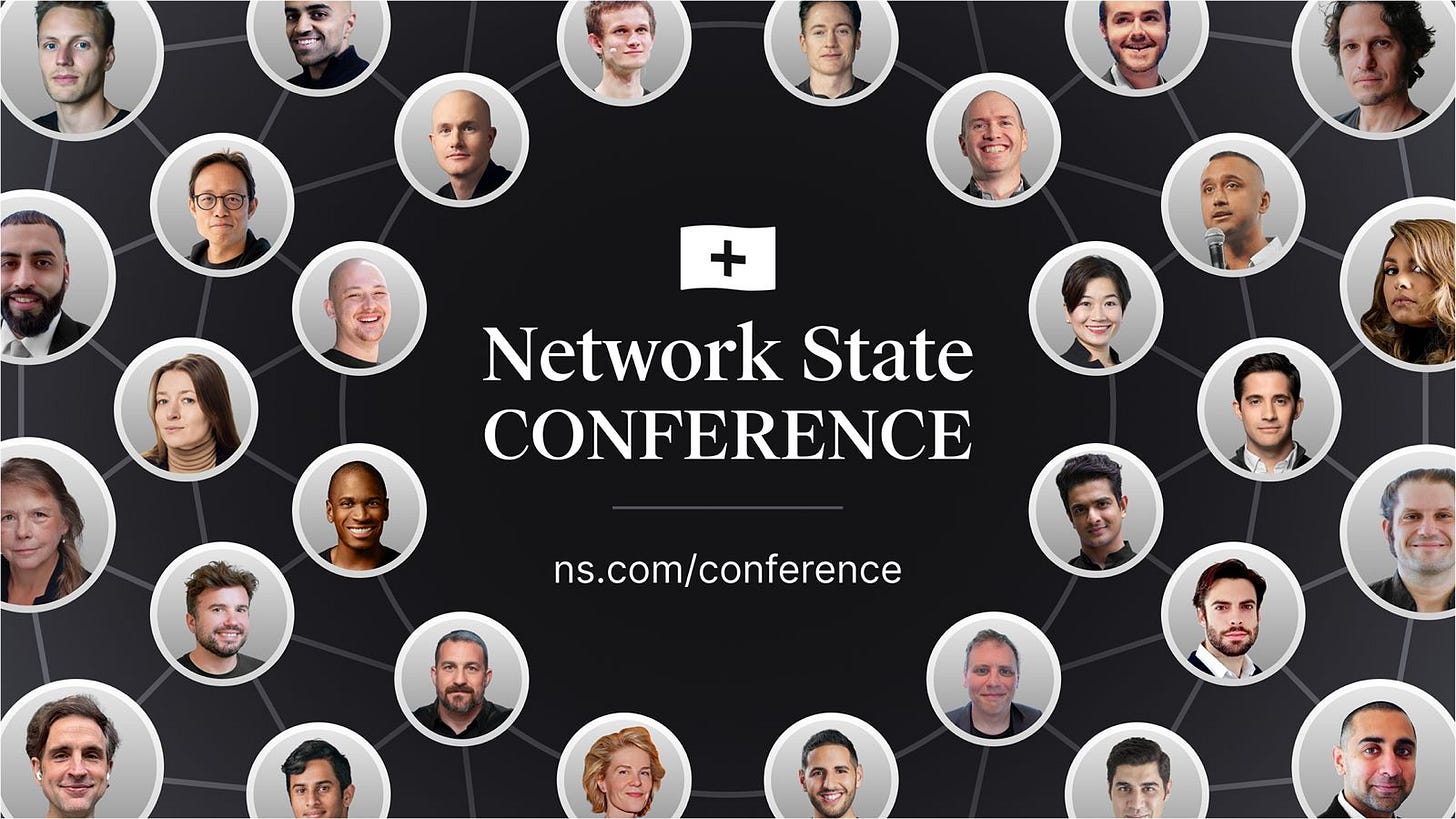
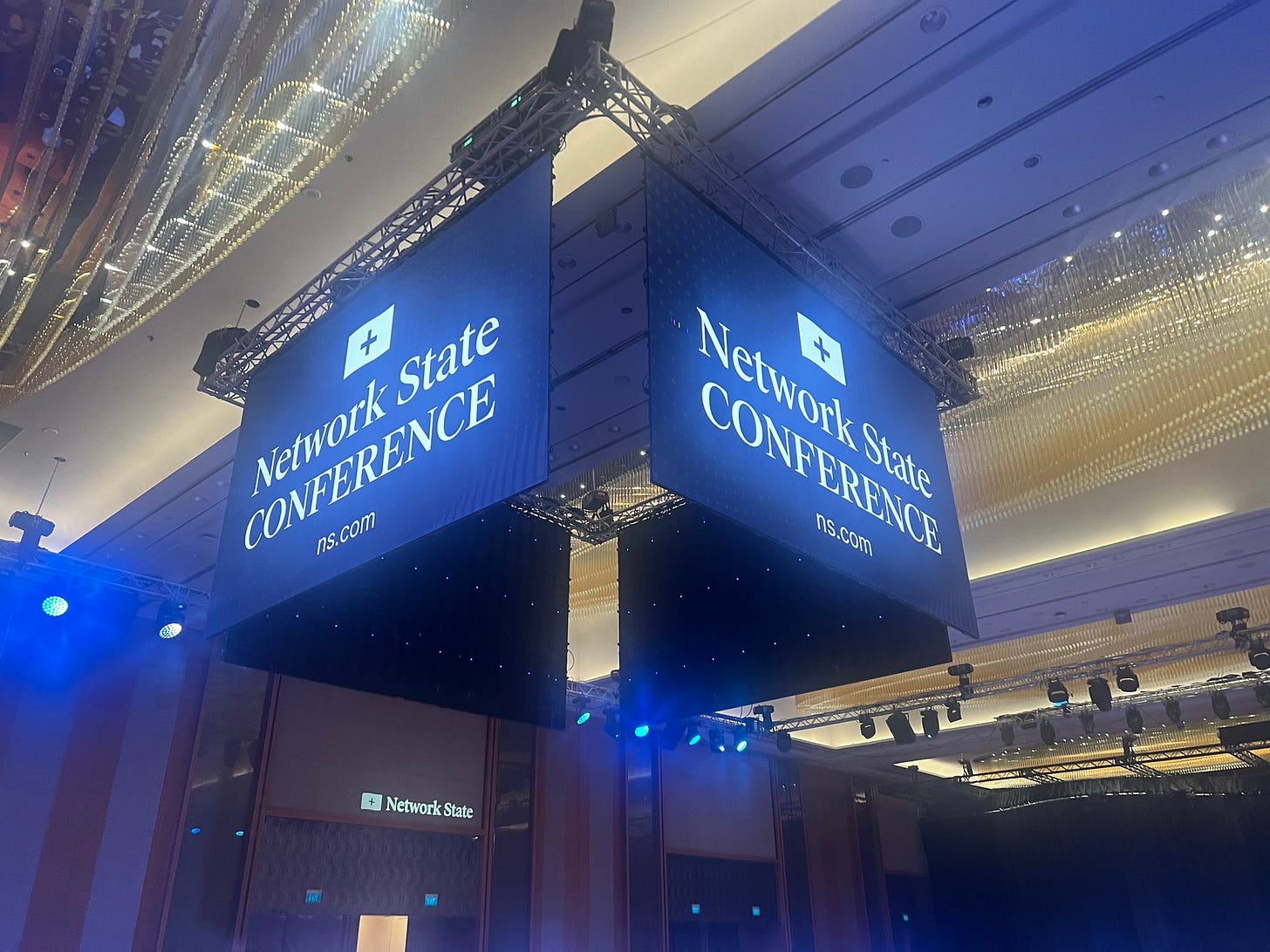
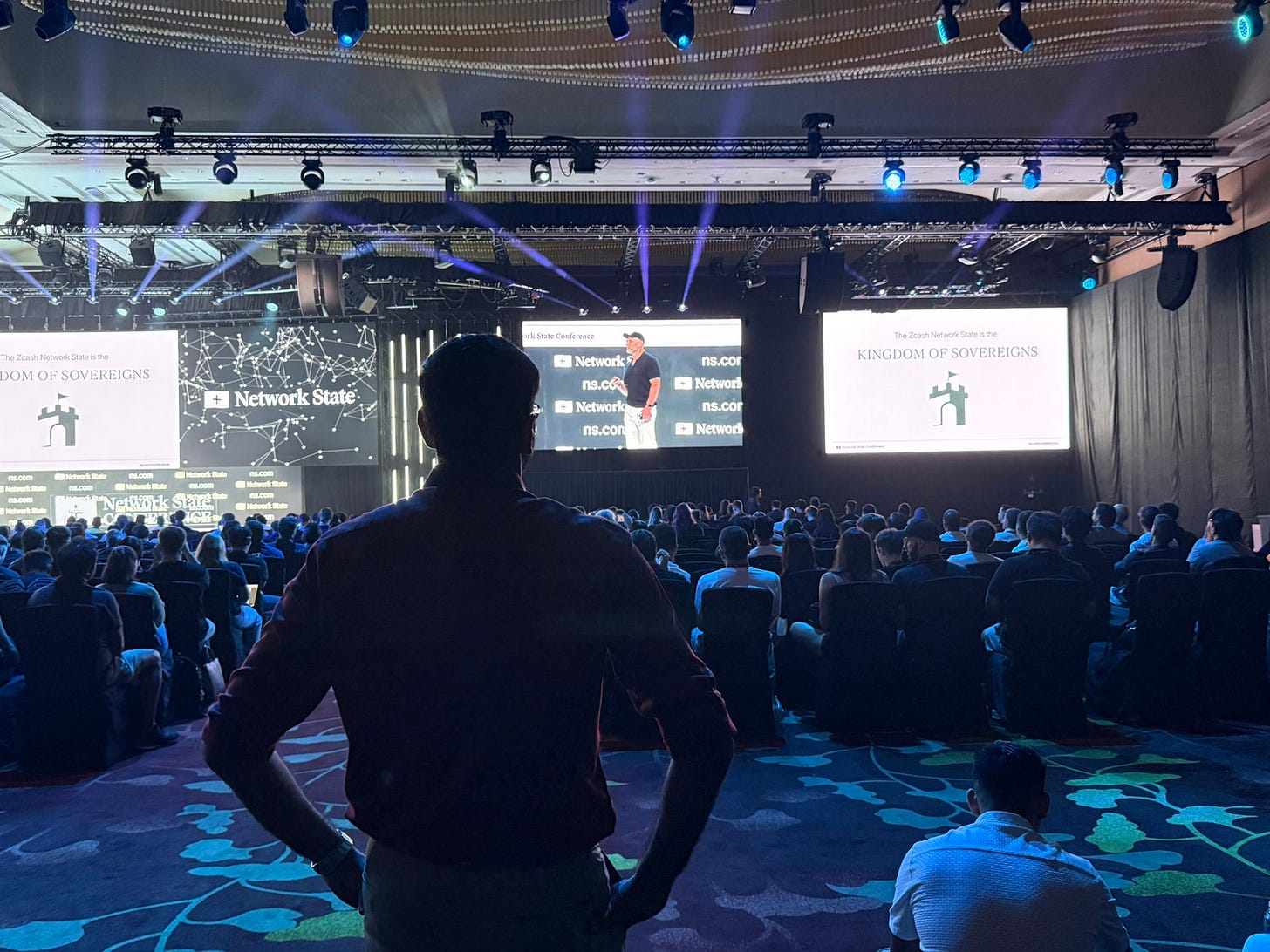
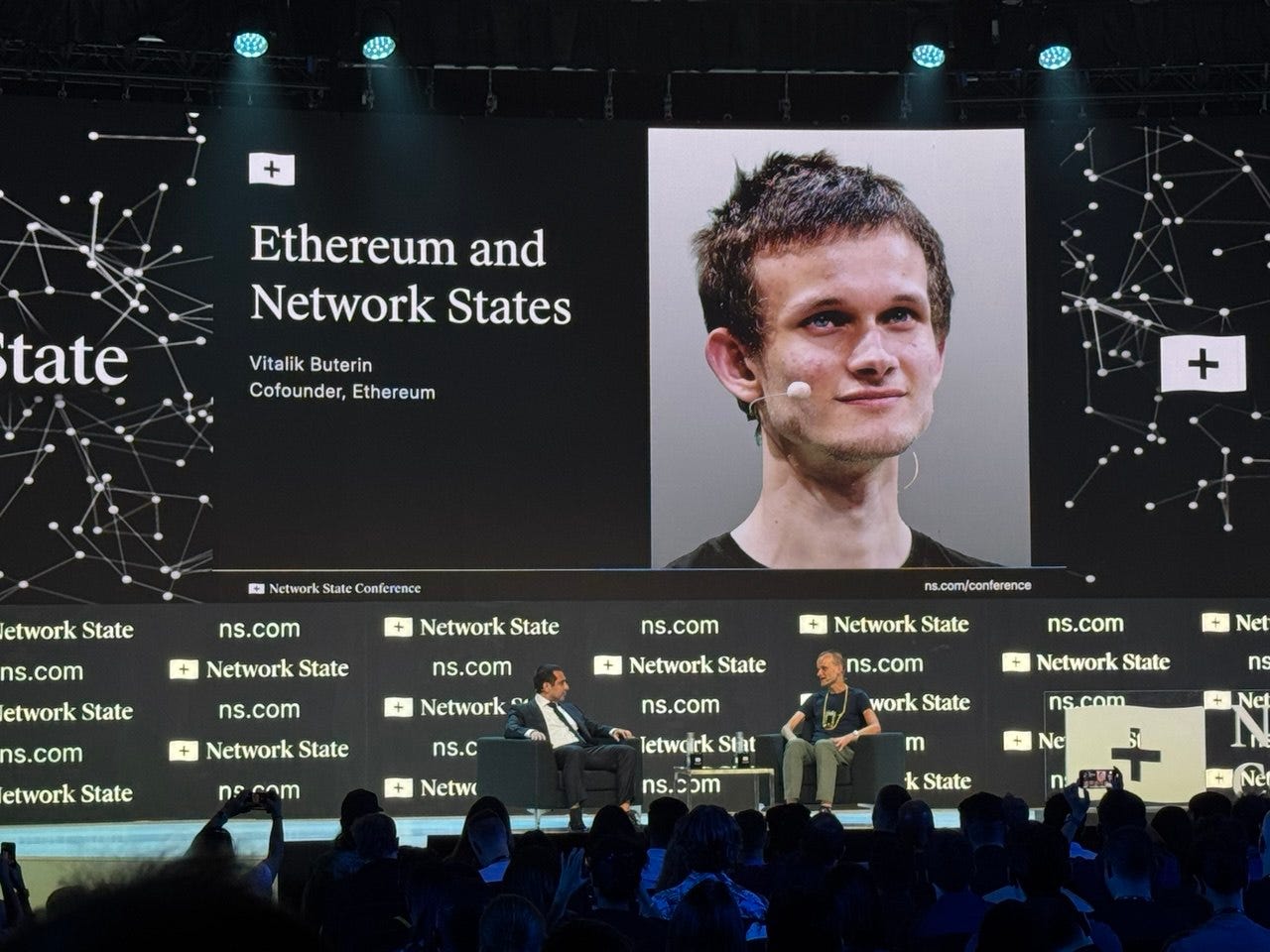
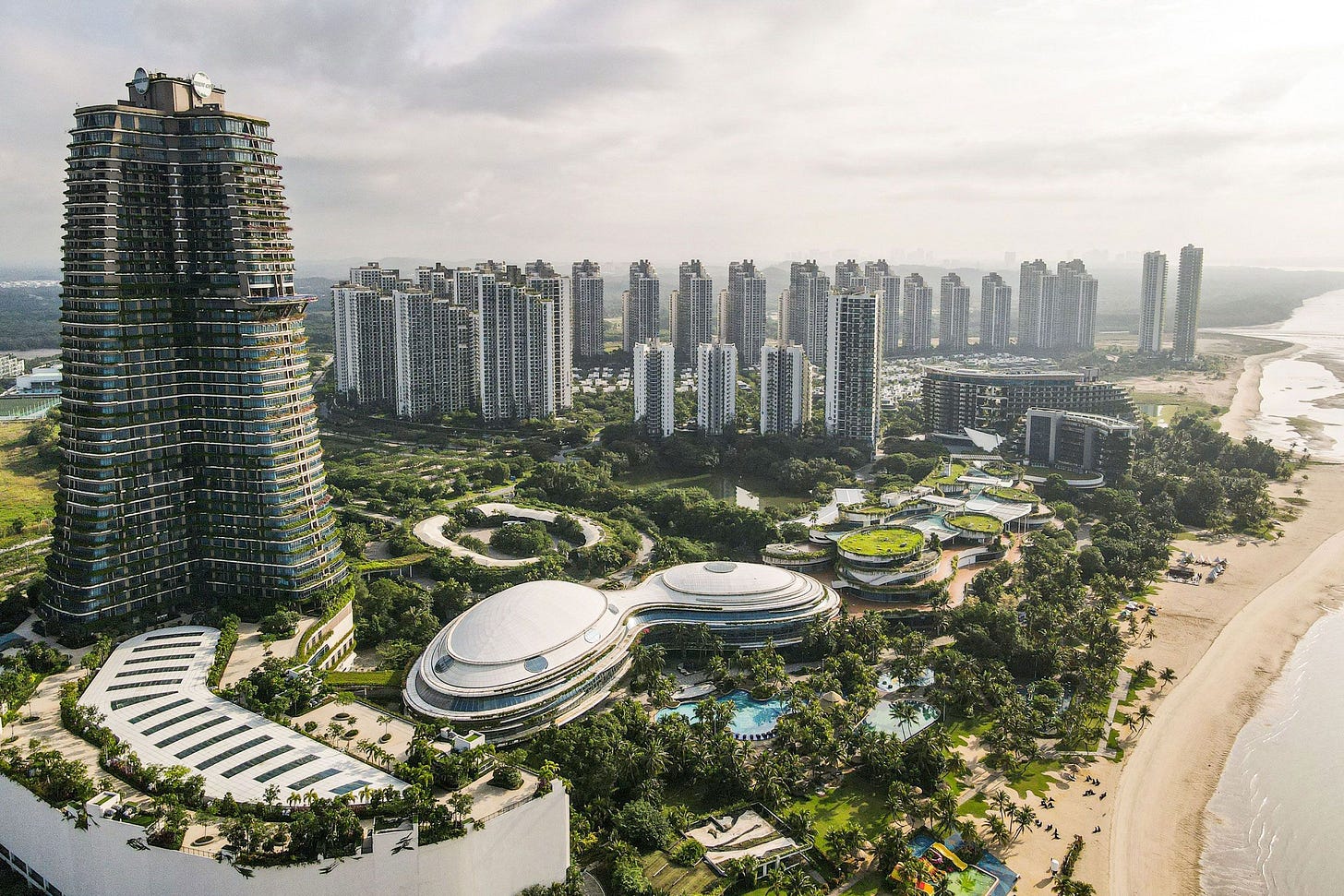
Great article. By the way, last month several "Layer-0" countries established a kind of union: the Future of Investment and Trade (FIT) Partnership. Core founding members are the UAE, Switzerland, Singapore, and New Zealand. Additional founding members are Brunei, Chile, Costa Rica, Iceland, Liechtenstein, Morocco, Norway, Panama, Rwanda, and Uruguay: https://www.beehive.govt.nz/release/nz-singapore-uae-switzerland-launch-new-investment-and-trade-partnership
Could that become the New Hanseatic League?
Good taxonomy. NS movement needs this kind of clear thinking.